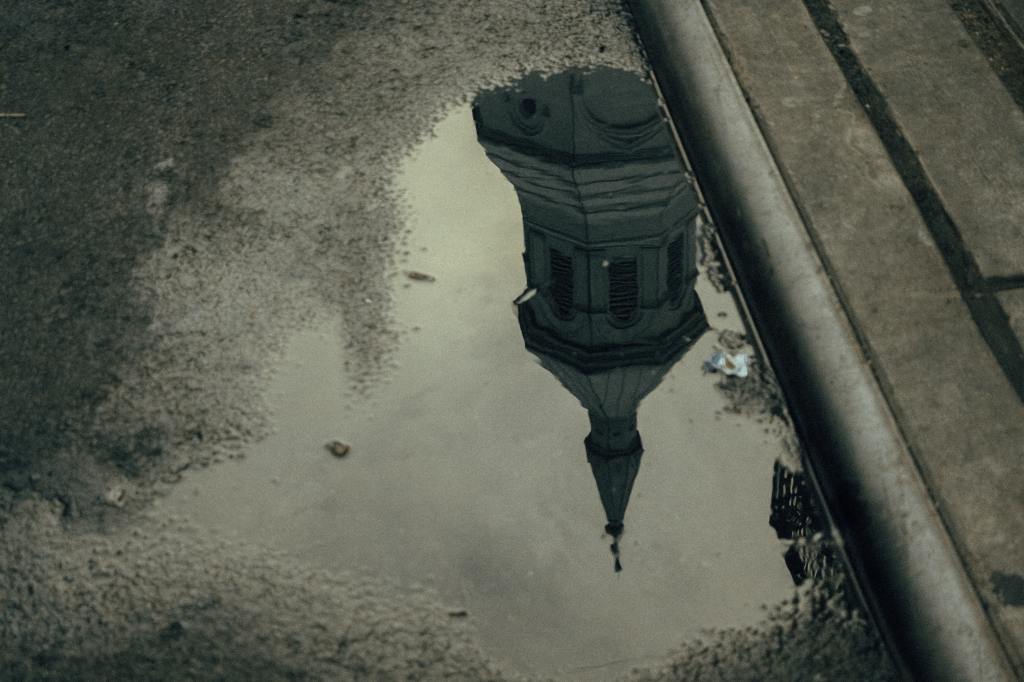
Note: This piece is dedicated to Jan Morris (1926-2020), who died this weekend. Jan Morris is a giant of the travel writing stage; her work has enriched and informed my own writing since I first purchased her slim tome Spain in a Salamanca bookshop in 1993.
The rain comes down in buckets. What they never tell the tourists is that the flip side of that summer Tuscan sun is all the winter Tuscan thunder. If they said so, people would just laugh. But believe me: it rains, and rains, and rains. The wind tears at the last roses in the garden until their petals hang in tatters like wet pastel rags.
The Arno valley stays socked in, muffled with grey clouds and fog and mist and a nebulous ceiling that seems to hover at about eight hundred feet above the ground. Days you know the sun would be shining above those clouds if you were on an airplane, which you haven’t been for over a year. Not since the pandemic started.
So you remember the ascent, the dinging bells, the recorded voice of the flight attendant, the shifting and creaking of contents in the overhead cabins. You imagine those minutes that you must have experienced at least two hundred, three hundred, more times in your life. The activities that you knew put you in a privileged echelon, and yet they just seemed to keep coming, keep happening, keep presenting themselves, carbon footprint and contrails be damned. Pack, fly, land. Pack, fly, land. Over and over, in every decade. Frequent flyer miles and an encyclopedic knowledge of airline hubs and routes. Long international holidays purchased with miles. Calendar time marked by your last voyage. And for what? What was there, what were you chasing, in those distant, unknown destinations?
Back in Florence, the city now empty of day trippers and angry short-timers, the flagrant displays of culture shock. Recall that one round-faced Englishman complaining in the farmacia for having been charged eighteen euros for a cappuccino in centro, “Can you believe it?” he hollered, flushing. The pharmacist clucking and shrugging in her white coat, her eyeliner immaculate. Yes, she could believe it.
The trudging platoons of cruisers, plugged into their headphones with the live feed, the guide up front speaking a laughable English, but those jobs were so secure, so well-paid, so coveted that the Italians who secured one were guaranteed stability and a handsome stipendio. Never mind the fact that they cultivated hoards of tourist zombies who spent little and noticed even less.
The drunk/hungover/both backpackers, sunburned in Piazza della Repubblica, on Calimala and Calzaiuolo, checking their cells for Tinder pings or a while waiting for a drop. One day a blonde young woman, tinged pink and incoherent, slouched against a building, her right breast having slipped out of her spaghetti-strap sundress, the petal of a nipple exposed while a crowd gathered to leer at her and offer false help.
The street drummer who thumped his collection of empty plastic drums, the bluegrass band in their fetching seersucker, the cute boy in the straw boater playing his homemade bass, the melodramatic violinist who seemed in daily danger of poking out a tourist eye while sawing a too-vigorous bow.
So you hunker down in Tuscany again for the second winter of the pandemic, the cold season of time at home, restrictions and masks, the towns once thronged with tourists emptied out. The headlines say the economy won’t recover in the region until 2027 at the soonest. You can’t help but wonder: what good was it all for anyway?
I’ll tell you one secret though, about what happens after those torrents fall in sheets from the sky. If you’re lucky, when the clouds break and the blue sky reappears, the concave flagstones hold puddles like tide pools minus the marine life, silvered, mercurial, shimmering. They glitter in the oblique light. But the greatest magic is revealed to those whose gaze casts downward. In the rippling reflections are mirrored the views above, and the Duomo, the Battistero, the onion lanterns of the Palazzo Strozzi and the fortress of the Palazzo Pitti and a hundred other landmarks appear through the lenses of a collective urban dream. Photographers used to gather to find the best one, to capture the image of the image, looking through long lenses and iPhones. Whimsical images more fleeting: a child crying and holding a red balloon; the still gilded carousel holding court in the center of Piazza della Repubblica. Eventually, after a half day or more, the puddles relinquish their water, no mean feat in the humid, cold air. The stone buildings that remain seem somehow less than the conjured dreams that were floating in a million glittering mirrors scattered silently throughout every piazza in Florence.


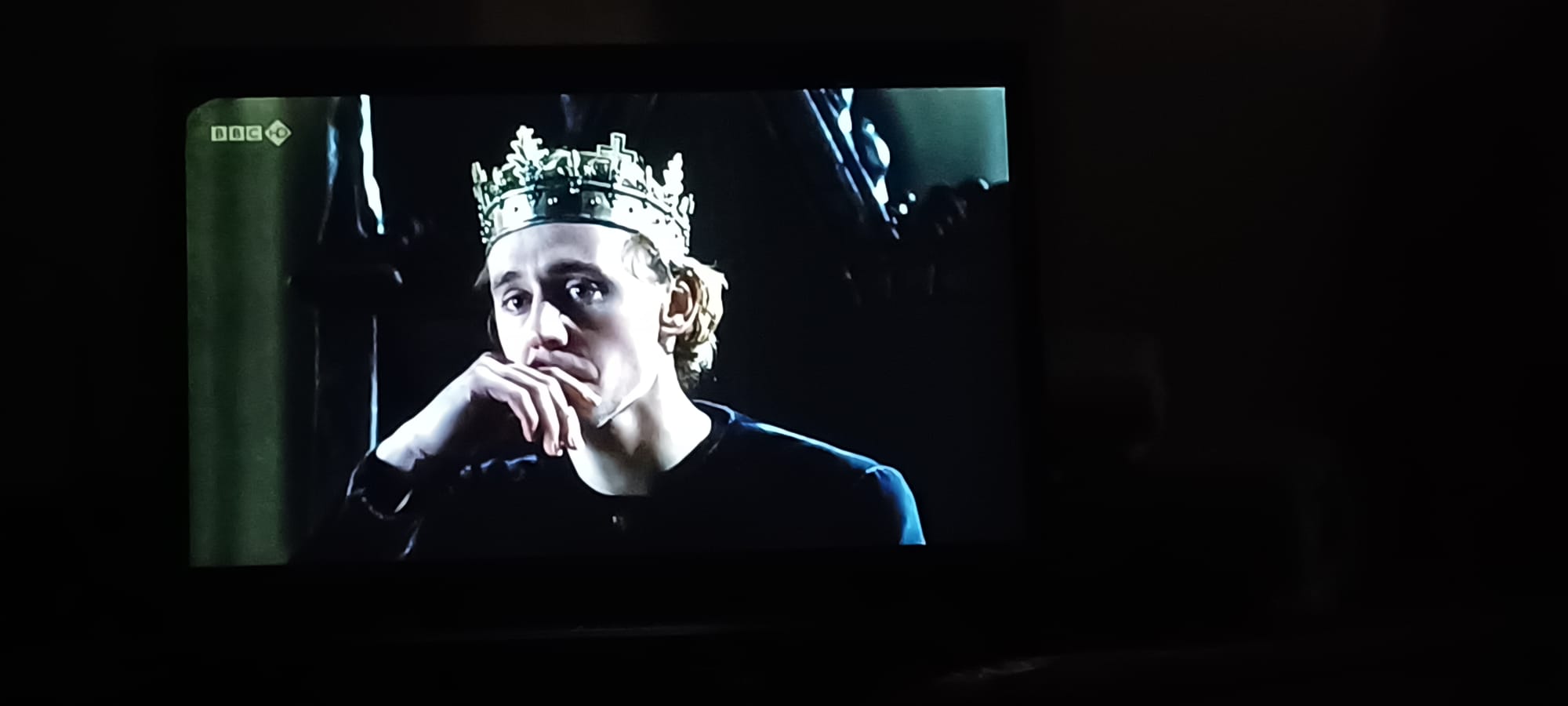
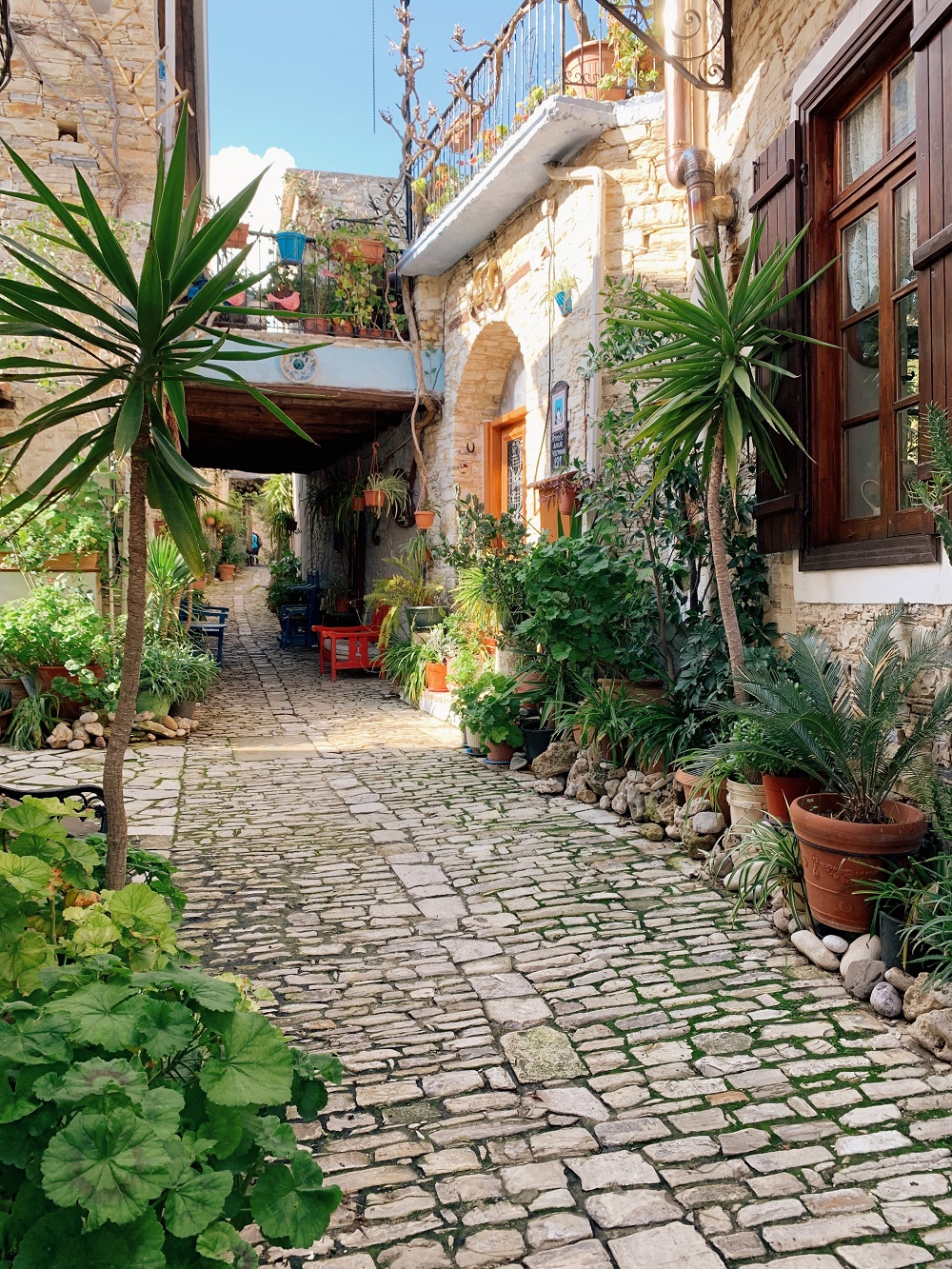
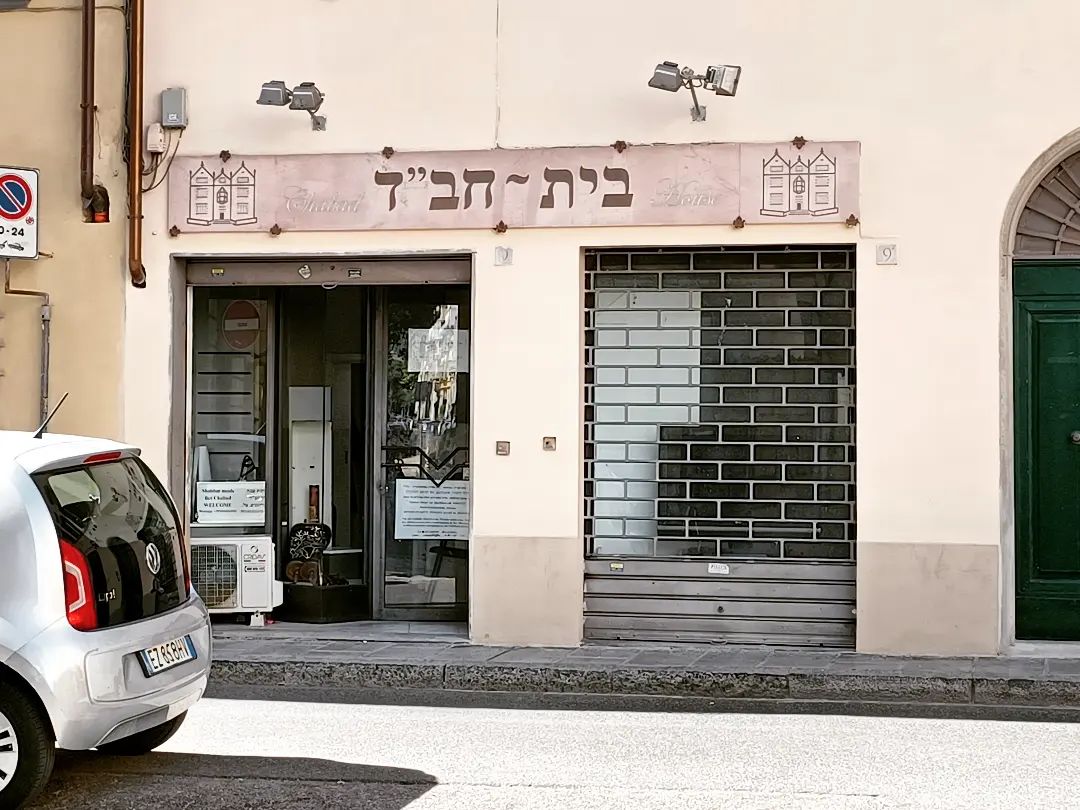

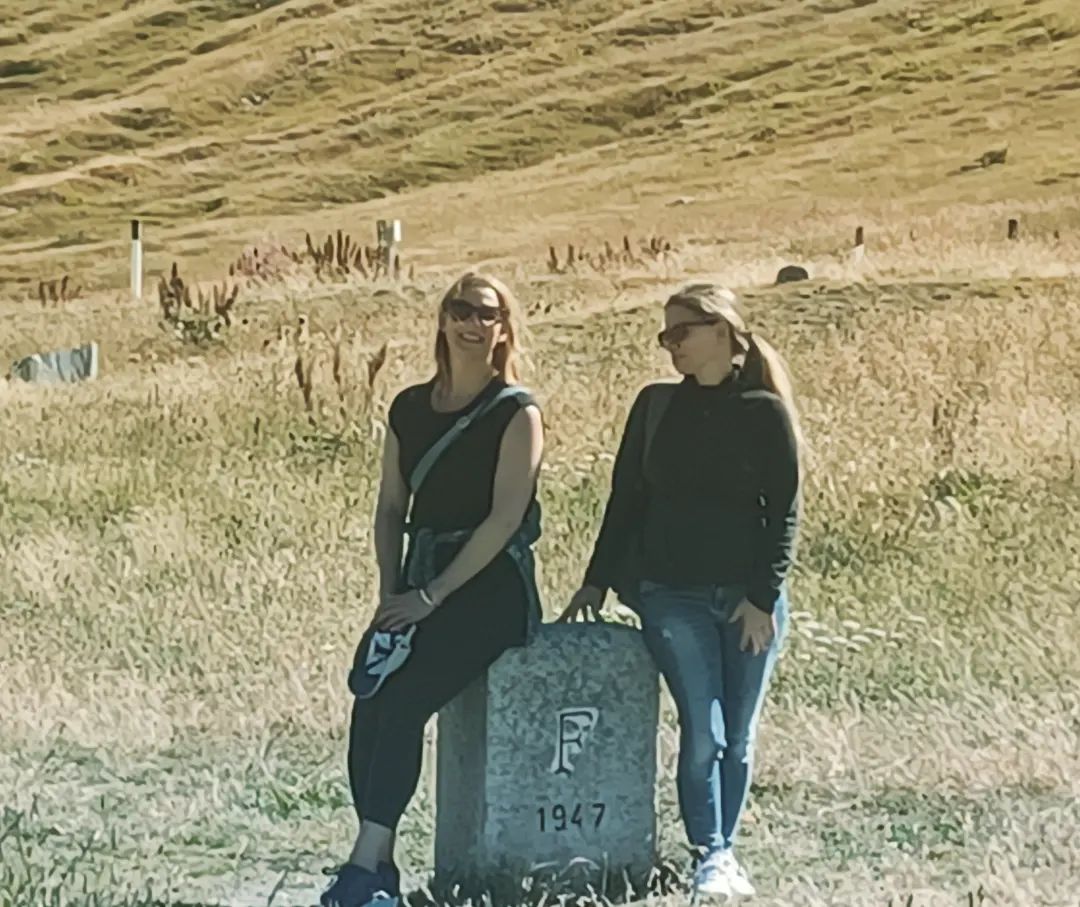
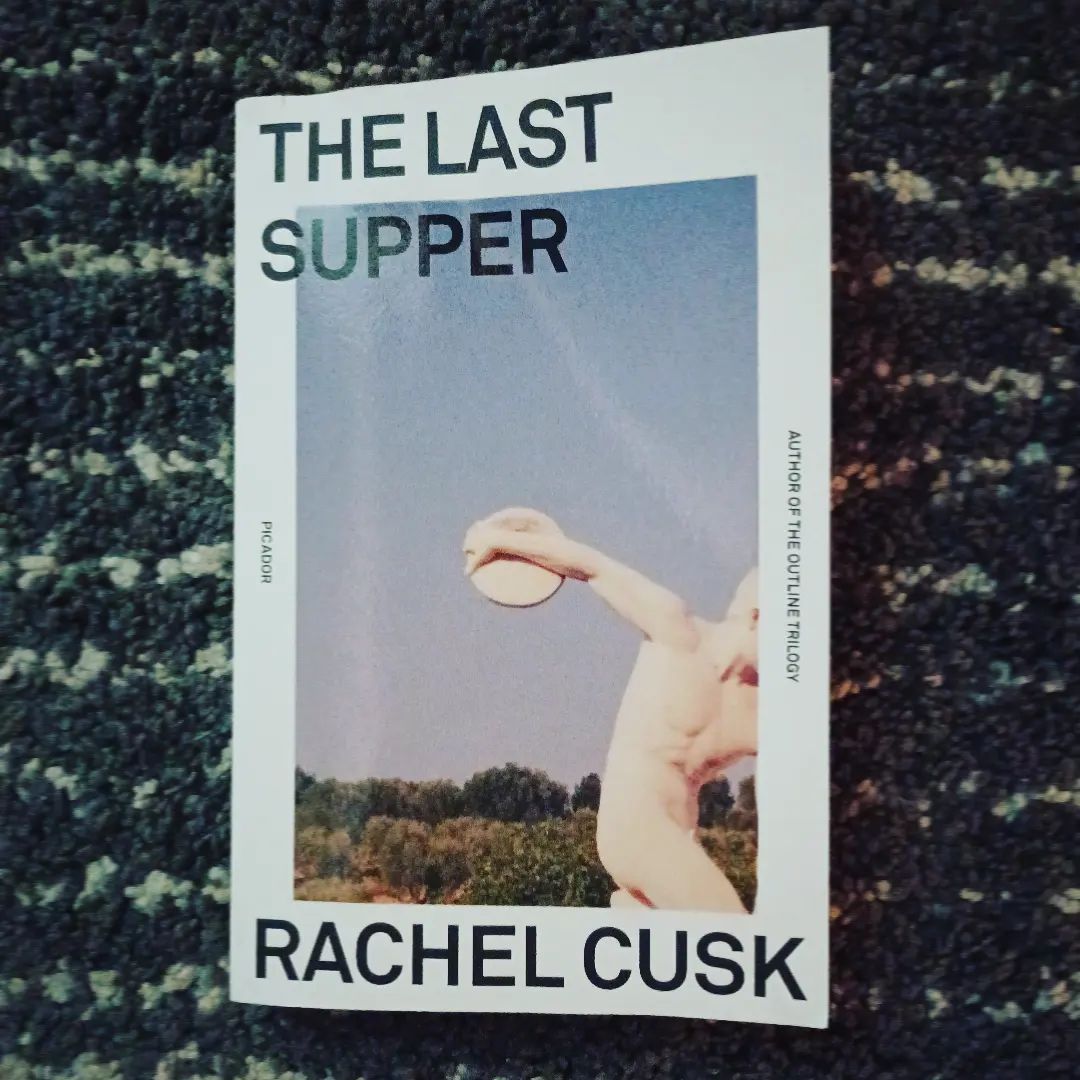
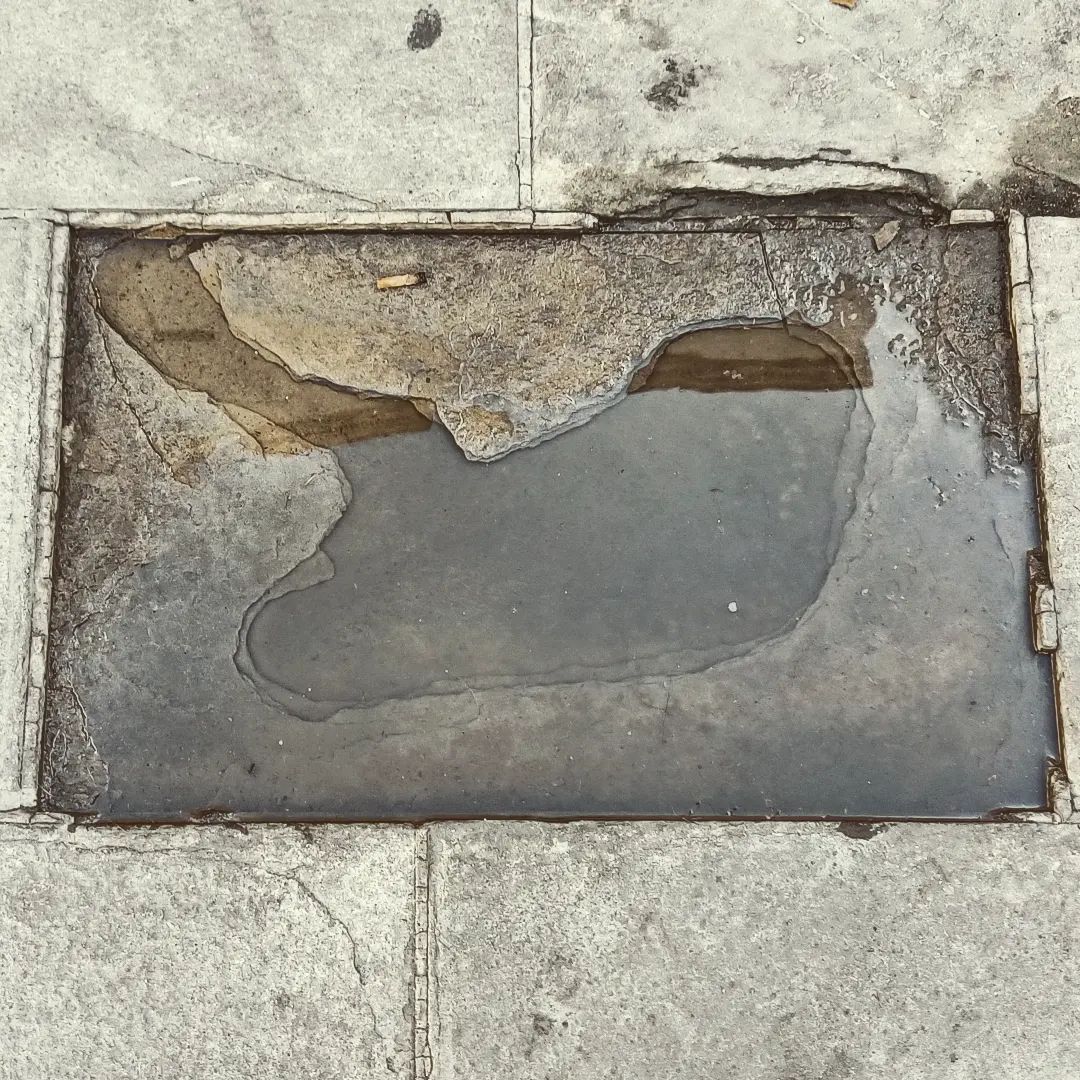
2 Responses
Hello Monica. An especially fine reflection today. Thanks so much for sharing.
I had to laugh a little when reading your description of a flight landing in Florence. During those gray winter days, one is lucky either to land or take off in Florence at all. One is just as likely to be herded onto a coach bound for the Florentine arch rival Pisa or over the treacherous road to Bologna, where flights await and actually take off! We in Siena look on at this with a mixture of amusement and befuddlement, as we do everything about Florence.
A presto,
Nevin
Sent from my iPhone
I was always there in the busy tourist season so it is nice to hear about the other season. This to shall pass and the tourist will return so enjoy the quiet.